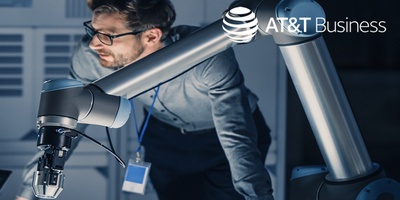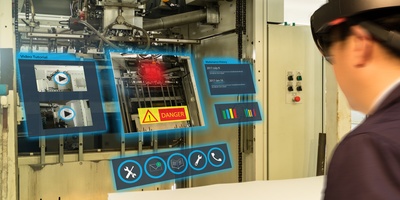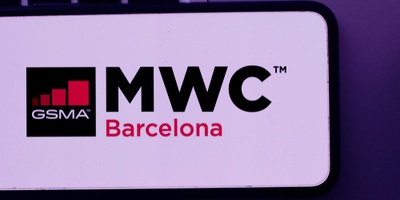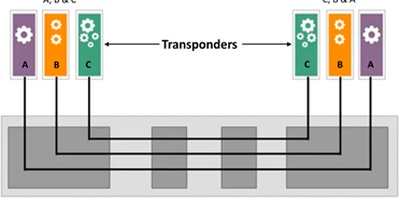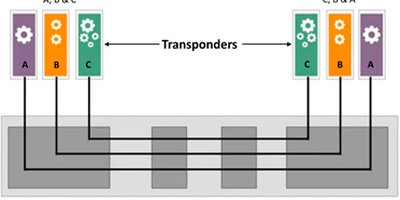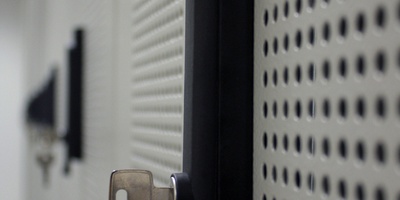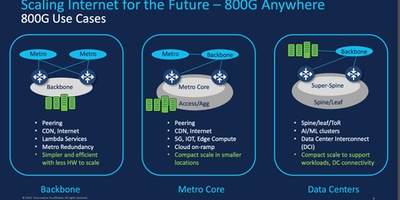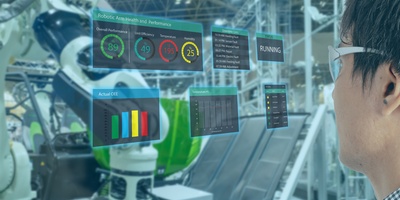
Nokia delivers an industry-leading, virtualized DAA solution, eliminating the need to choose between R-MACPHY and R-PHY
Cable operators have accepted that their traditional playbook, which largely relied on node splits to meet the increasing demands on their networks, no longer addresses their needs. The truth is that node splits require more equipment in the fast saturating, power-hungry headends. Furthermore, market dynamics will necessitate that they deploy DOCSIS 3.1 Full Duplex, which requires N+0 (meaning fiber deep) in the last mile to deliver the services customers expect; consequently, operators will need nodes that service no more than 50 homes because of significant bandwidth requirements. To meet the market requirements, the industry has aligned around a Distributed Access Architecture (DAA), where some of the functionality currently in the integrated CCAP is moved to the nodes thereby freeing capacity (and thus space and power) in the headends and hubs.
The debate until recently has been what to move to the nodes, PHY layer or MAC and PHY layers? The decision involves multiple tradeoffs, largely dictated by network topology, operational imperatives and service needs. At the same time, market forces, are driving the cable industry toward virtualization, driven by a hyper-competitive market where service velocity combined with declining revenues have created an imperative for an agile service delivery environment. In 2018 we will see significant traction toward virtualization. Nokia’s recently introduced virtual DAA (vDAA) offers cable operators a flexible approach to DAA.
Nokia understands that cable operators run very complex networks with a significant amount of variability across their wide footprints; this makes it hard for them to commit to one architecture for their entire network. What’s more, their needs over time may change. Rather than mandating that operators commit to whether the MAC layer will be remoted or not (R-PHY or R-MACPHY), Nokia virtualizes the MAC layer into a VNF and makes it part of a virtualized CMTS called vCMTS. This allows the operator to run the MAC layer wherever makes the most sense, in the node, headend, hub, a remote shelf or a data center. Where the MAC sits can be configured and changed in software by the operator; no physical changes to the node are required. This flexibility enables operators to deploy a node in the configuration that best fits the parameters of a particular location. Variables can include availability of sufficient power at the node location, the importance of co-locating MAC and PHY for latency reasons and so on. As operators deploy DAA configurations, they will gain a better understanding of the viability of solutions given the local requirements in their networks; this expertise will help them optimize by selecting the solution that fits the needs of a specific location. Having the flexibility to make those choices and to modify as their networks evolve will be essential for their networks to continue to meet their growing needs. Operators view DAA as a pathway to a virtualized network architecture. Nokia’s solution sets them squarely on that path and enables them to introduce the agility and service velocity that have become table-stakes in the market.

